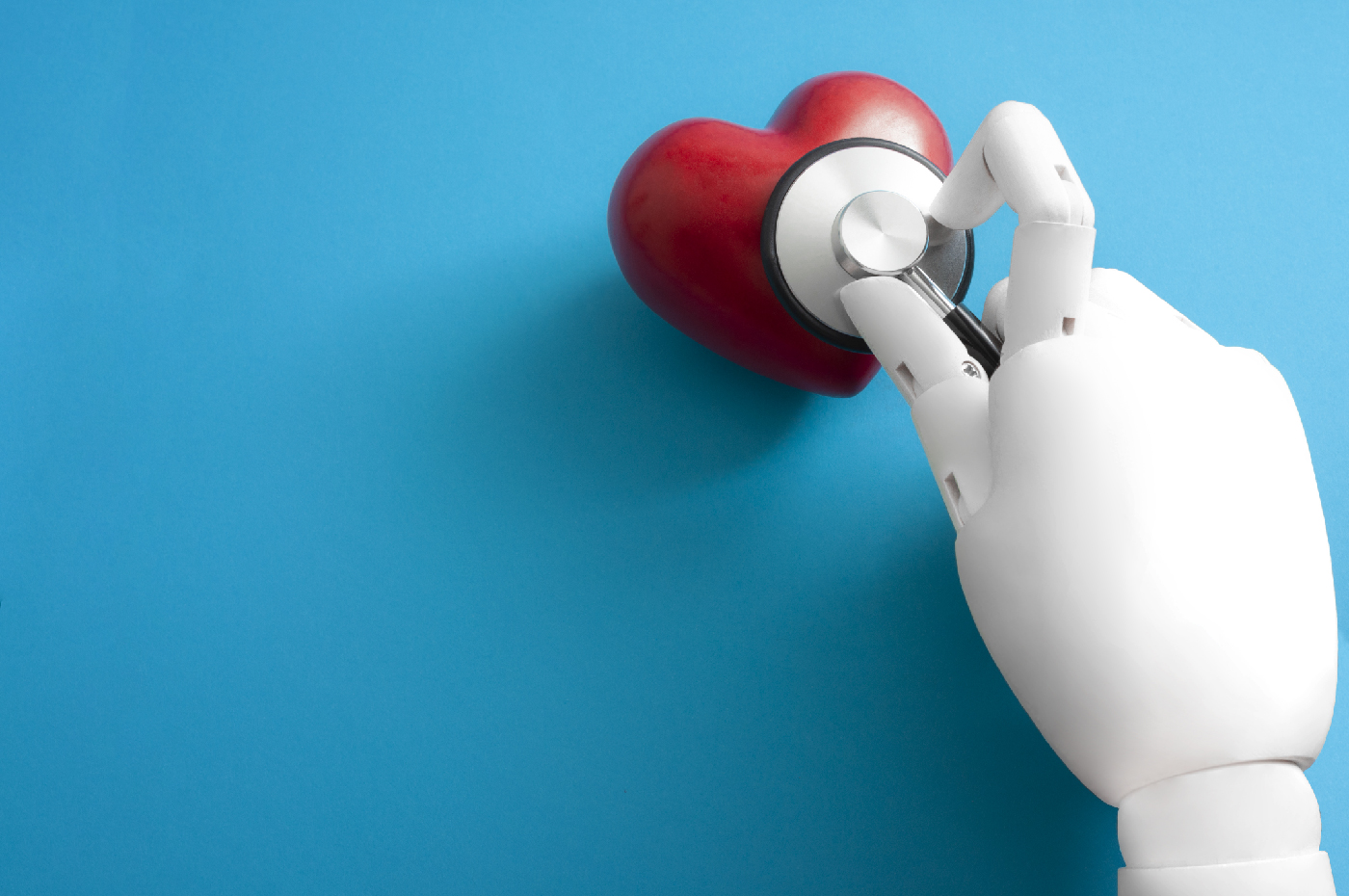Machine learning (ML) and Artificial Intelligence (AI) are two industry buzzwords we are increasingly hearing related to employee health benefits.
Our recent webinar with Willis Towers Watson demystified what ML and AI are, and how they improve the healthcare experience through personalized healthcare recommendations that deliver value for both employers and employees. We took away three main lessons learned:
What are ML and AI, and what are their roles in employee health benefits?
For benefits leaders who have yet to experience platforms or solutions that apply ML and AI, or are unclear on what distinguishes the two, think of it like this: AI uses data to learn how to make decisions and take actions that mimic a human-like skill, while ML is the most successful technique used to train an AI by combing data to find patterns or correlations and then classifying things into categories.
One example of the use of ML is price prediction. Castlight started with the mission of making it as easy as possible for users to know the cost of a provider or procedure before seeking care. Through our ML algorithms that we’ve continued to train over the past decade, we are able to provide the most accurate price of care. Castlight trains the algorithms by feeding them a very large and diverse set of data, including medical and pharmacy claims. Our pricing algorithms are continually tested against new claims to ensure up to date pricing accuracy.
Smart phones do not mean instant engagement… But they can help.
With smartphones now the norm in daily life, there are a plethora of different digital health platforms and apps that healthcare consumers can download and interact with instantly. But that doesn’t mean they will actually engage with these solutions in a meaningful way. For years, many thought that smartphones would automatically solve the overarching engagement problem by putting powerful tools right in the palm of users’ hands. We have since learned that behavior change takes more than just providing access via an app. We know that people are impulsive; their healthcare preferences and needs are subject to change constantly; and in order to achieve engagement results and success, we need to better understand an individual’s current health and wellness journey and meet them where they are.
That is where AI and ML can help. Castlight leverages ten years of ML and AI experience to personalize care recommendations based on an employee’s care needs, gaps, and goals. For employers who historically have had a difficult time incentivizing employees to engage in wellness programs or their employee health benefits, these technologies can help identify how and when users want to receive certain health information.
Focus on the individual with an integrated health and wellbeing experience.
When considering employee benefits, it’s easy to focus immediately on an employee’s physical health, but it’s important not to overlook the bigger picture of wellbeing. Wellbeing should be an integrated experience that includes a multi-faceted approach. This is because wellbeing is experienced through an individual’s unique lens; and therefore must take into account the employee’s emotional, physical, financial, and social health. In addition to varying healthcare priorities across these different aspects of wellbeing, how an employee prefers to be engaged also varies, and even changes with context. ML and AI are the only way to efficiently and effectively target users at the right place and right time, with the right care.
Ultimately, employers are the key to deploying new innovations in healthcare. With their continued focus on engaging employees, tapping platforms that are driven by ML and AI will ensure that focus is on the individual as a whole to truly understand their personal healthcare preferences and needs. To learn more, watch the webinar recording: More than a Buzzword: Improving Healthcare with Machine Learning and Artificial Intelligence.



